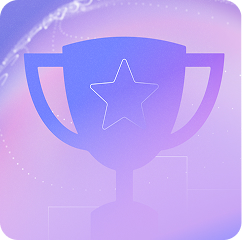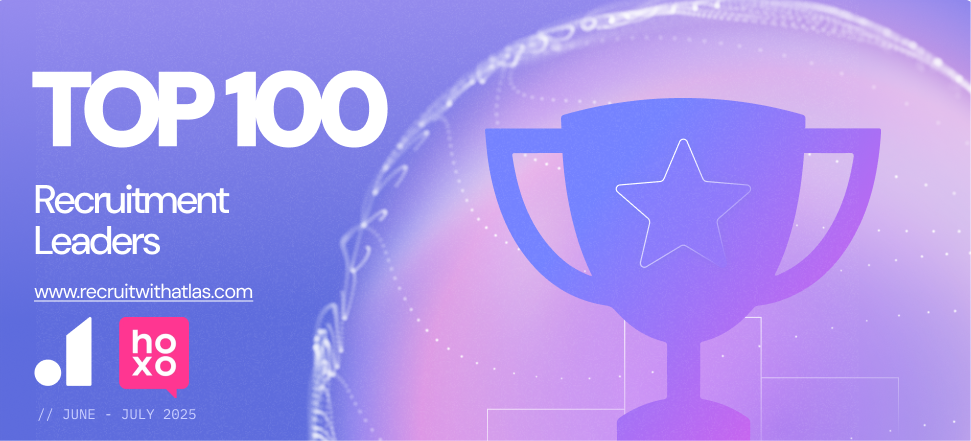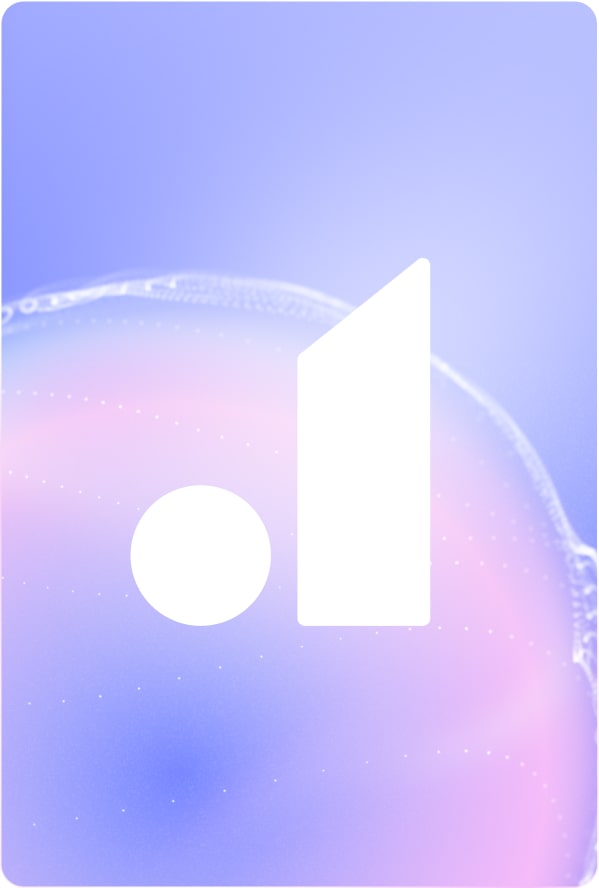
// Recruitment Strategies
Everything UK Recruiters Need to Know About Recruitment Software in 2026
11/08/2025
9 MIN
Recruitment processes have always moved fast, but in 2026, they’re moving at lightning speed. For UK recruitment agencies, staying competitive isn’t just about having the right candidates; it’s about having the right tools to reach them faster, engage them smarter, and place them more efficiently.
That’s where recruitment software comes in, and why automation is no longer a nice-to-have. According to LinkedIn research, 73% of recruiters agree that AI will change the way organisations hire, meaning that the time has come to shift to AI-first rec tech.
And with client expectations rising and talent pools growing more complex, agencies that still rely on manual processes are losing ground. Meanwhile, forward-thinking firms using recruitment software like Atlas to take care of repetitive admin tasks allow their consultants to focus on what they do best: building relationships and closing deals.
This guide explores how recruitment software has evolved, what features to look for in 2026, and how to choose a solution that works for your agency’s hiring process. Whether you’re exploring options for the first time or considering an upgrade, this article will help you make an informed decision.
Key Benefits of Adopting Future-Proof Recruitment Software for Agency Recruiters
1. Save Time on Admin
Manual data entry, scheduling, and candidate tracking can eat up hours every week. Modern recruitment automation software puts repetitive tasks on autopilot, freeing up consultants to spend more time sourcing, selling, and closing roles.
2. Improve Candidate Experience
Speed matters to candidates and hiring managers alike. With automated workflows, personalised communication, and mobile-friendly portals, the right platform helps ensure candidates feel informed and engaged at every stage of the process.
3. Get Better Visibility Across the Pipeline
Most software solutions offer dashboards and reporting tools that give real-time visibility into your pipeline. This helps hiring teams prioritise tasks, forecast performance, and make data-driven decisions more confidently with the right recruitment software backing them up.
4. Increase Placement Speed
By streamlining sourcing, shortlisting, and communication, recruitment firms reduce time-to-hire. Faster placements mean happier clients and a stronger reputation in competitive sectors.
5. Integrate Seamlessly with Your Existing Tools
The best recruitment software doesn’t operate in a silo. Ensuring your new recruitment software integrates with your CRM, email, calendar, multiple job boards, and marketing tools helps reduce friction, eliminate double entry, and create a smoother workflow across your agency.
Must-Have Recruitment Software Features in 2026
Not all recruitment software is created equal. As expectations rise and workflows become more complex, the right platform should go beyond basic tracking. Here are the key features all talent acquisition teams should look for in 2026:
- AI-Powered Note Taking
Automatically capture and summarise conversations with candidates and clients, reducing manual input and making it easier to share context across your team. - Advanced Resume Parsing
Extract key details from CVs in seconds, turning unstructured documents into searchable, structured profiles that save time and improve matching accuracy. - Personalised Outreach Tools
Automate candidate communication with templates that still feel human. Look for features that allow for customisation at scale, like smart merge fields and timing suggestions. - Candidate Reports and Insights
Provide clients with clean, branded reports that summarise a candidate’s profile, experience, and suitability. It’s a quick win that adds a professional edge to your submissions. - Deep Integrations
Your platform should work seamlessly with your existing CRM, email, video interviewing tools, and calendars. Integration reduces context switching and keeps your workflows fluid. - Real-Time Dashboards
Access live data on pipeline health, recruiter activity, and campaign performance, helping you make faster, smarter decisions. - Automation Across the Funnel
From scheduling interviews to following up with candidates, automation helps maintain momentum without sacrificing personal touch.
Key Applicant Tracking System Considerations to Keep in Mind
When evaluating applicant tracking systems in 2026, UK agency recruiters should look beyond feature lists and ask these deeper questions. Does the vendor you’re looking into have a dedicated customer support team on standby? How does it compare to other recruitment platforms on the market? Here are just a few considerations that can help you pinpoint your new recruitment CRM:
Hiring Software Fit with Your Agency’s Size and Style
Consider whether the ATS suits your team’s scale and workflow. While Atlas is designed for high workflow automation agency environments, other platforms such as Bullhorn, JobAdder, or RecruitCRM may appeal to agencies with different needs or budget sizes.
Level of Native AI-Powered Automation
Look for platforms with AI baked into core workflows. Atlas automates repetitive tasks and delivers admin‑free recruitment through AI agents, smart sourcing, and task management. If automation is a priority, ensure you’re comparing systems on their level of built‑in AI, not just marketing claims.
Integration Ecosystem
Check if the ATS connects with your existing tools: email, calendar, video interviewing, and marketing stacks. Agencies often choose platforms like JobAdder or RecruitCRM for their wide integration options—and Atlas emphasises seamless connectivity as part of its package.
Reporting with Employer Branding
Does the platform provide branded candidate reports, deal analytics, and dashboards? Atlas offers executive reports and pipeline analytics natively. Be sure to explore how competitors like Vincere or others deliver similar visual insights and whether reporting is flexible enough for your clients.
Learning Curve and User Experience
Balance powerful features with usability. Some platforms, including large‑scale systems, may offer deep customisation but require more time to onboard. Atlas positions itself with a clean interface and intuitive AI-driven workflows. When testing recruitment software like Recruiterflow or Clockwork Recruiting, make sure to assess their ease of use in trial periods or demos.
Vital Recruitment Software Trends to Watch in 2026
AI That Works Behind the Scenes
AI in recruitment is moving from gimmick to infrastructure. In 2026, the best platforms are using AI to handle background tasks—like writing follow-up notes, qualifying CVs, and flagging top candidates—without interrupting the recruiter’s workflow. The key trend? Invisible automation and candidate management that actually saves time, rather than just adding features.
Hyper-Personalisation at Scale
Generic email blasts no longer cut it. Recruiters now expect tools that support highly personalised candidate outreach, enriched with their data and behavioural insights. Recruitment marketing features that can tailor messaging, suggest optimal send times, and track engagement are becoming standard.
Smart Integrations Over Massive Stacks
Instead of bloated tech stacks, staffing firms are consolidating around fewer, smarter tools that integrate into their recruitment process. A strong trend for 2026 is selecting platforms that connect seamlessly with CRMs, comms, and productivity tools, eliminating manual data transfers and context switching.
Real-Time, Visual Reporting
Clients want answers fast. Recruiters need instant insights. That’s why dashboards and visual analytics are now mission-critical, giving consultants and managers the ability to track KPIs, pipeline health, and deal velocity without exporting to spreadsheets.
How to Choose the Right Solution for Your Agency
Finding the best AI recruitment software isn’t about ticking boxes—it’s about aligning a platform to your agency’s goals, size, and workflow. There’s a great ATS out there for small businesses and enterprise-level staffing firms alike. Here’s how to narrow it down and start placing top talent:
1. Define Your Priorities
Start by mapping out your team’s biggest pain points. Are you losing time to admin? Struggling with pipeline visibility? Or looking to speed up sourcing candidates? Your top needs should guide the evaluation process.
2. Test for Real-World Usability
Recruitment CRM feature lists can be misleading. Always book a demo or trial the software in a real environment. Make sure your recruiters—not just managers—have a chance to test it and give feedback.
3. Assess Automation Capabilities
Look under the hood. Does the platform offer true automation, or just templates and workflows? Tools like AI note taking, resume parsing, and meeting scheduling should reduce busywork without increasing friction.
4. Check Integration Potential
List the tools you already use—CRM, email, calendar and confirm that your ATS platform connects with them smoothly. Poor integration is a common reason for low adoption.
5. Consider Scalability and Support
Will the recruitment CRM grow with your agency? Check what onboarding, training, and support options are available, and whether the vendor is responsive to feedback and feature requests.
Frequently Asked Questions (FAQs) on Recruitment Software Adoption in 2026
Look for automation that actually saves time—things like AI note taking, resume parsing, personalised outreach, and real-time dashboards. You’ll also want strong reporting tools with detailed candidate summaries, integrations with your existing tech, and a clean, intuitive interface your team will actually use. All just a few clicks away.
It helps you work smarter, not harder. Good recruitment software reduces admin, speeds up placements, and lets you track job applications with better visibility across your pipeline. For agency teams juggling multiple roles and clients, it creates consistency and frees up time for high-value work.
Cloud-based software is hosted online, meaning your team can access it from anywhere. It’s easier to update, scale, and maintain—especially for growing agencies. On-premise systems are hosted on your own servers, which can give more control but require more IT resources and cost to manage.
Can Recruitment Software with AI Features Make a Difference? It Can with Atlas
The recruitment landscape isn’t just evolving—it’s accelerating. But can recruitment software alone truly make a difference? Agencies that want to stay ahead need more than a system to track candidates. They need technology that thinks, learns, and scales with them.
Atlas was built with this future in mind. From AI-powered automation to real-time insights and seamless integrations, it’s designed to eliminate admin and empower recruiters to focus on what matters most: building relationships and making placements.
Whether you’re rethinking your existing tech stack or exploring new options to win back valuable time, the right software can be a game-changer. And the best way to find out if Atlas is right for you? Try it for yourself. Start here >>








